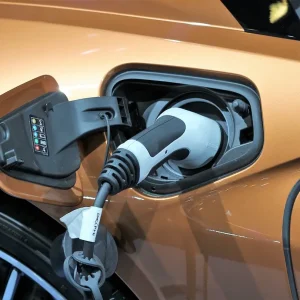Road safety charity IAM RoadSmart has urged ministers and policymakers to create guidance around the use of dashcams.
According to the body, a rush of drivers investing in the units may not yield a rise in prosecutions for dangerous driving and may also lead to fewer traffic patrols as officers spend more time going through footage.
Data from retail analysts Gfk published last year claimed that, in 2015, sales of in-car windscreen-mounted cameras soared by 395%, growing faster than any other consumer electronic product, including smart fitness bands, tablets and digital cameras.
But IAM claimed that drivers could be lulled into a false sense of security by thinking that a dashcam will protect them or exonerate them from blame in the event of an accident, as dashcam footage can be of a poor quality, too short or fail to show how a crash developed.
The safety body’s director of policy and research, Neil Greig, added there is very little consistency over which police forces accept footage as evidence.
“IAM RoadSmart is calling for consistent national guidelines on the standard of dashcam footage required for prosecutions, what the police will do with it and how to submit it in the correct way,” Greig said. “Our members are very supportive of high-profile policing but it takes time for police to evaluate the footage, decide what to follow up, trace the driver, serve paperwork and then obtain a successful prosecution within legal time limits. Our main concern is that dash cams must not become a replacement for fully trained officer undertaking high-profile roads policing.”
He added: “A dashcam isn’t the be-all and end-all. People need to realise they must improve their own standards of driving as well as expecting others to do the same. We at IAM RoadSmart are very concerned that drivers might be investing in a dashcam as a substitute for better driving, instead of using it as a back-up. In many ways, a dash cam is the end of the line; real accident prevention requires better driver training, and tackling ingrained attitudes and behaviours.”





